Can I Transplant Cannas: – Learn When To Transplant Canna Lilies
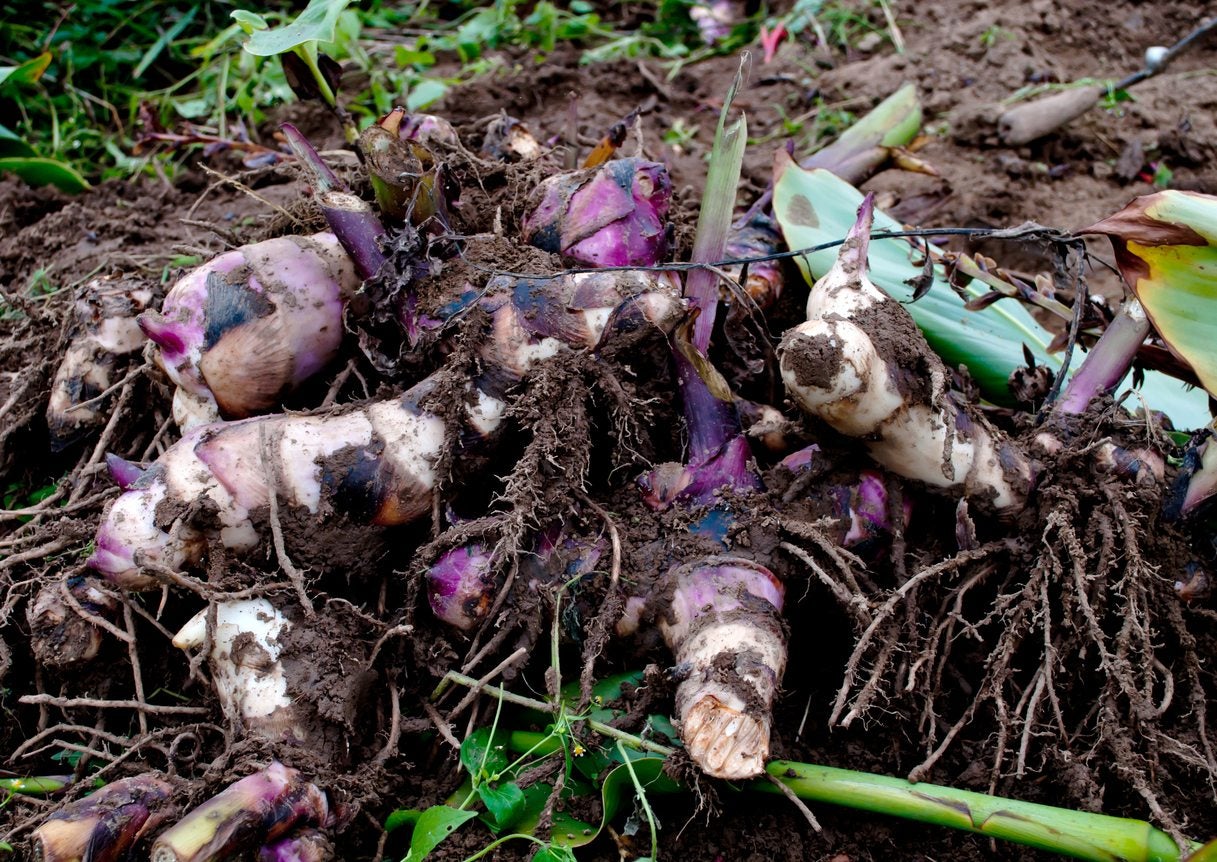

Cannas are tropical plants that are often planted for their colorful foliage varieties, though their bright red, orange or yellow flowers are stunning as well. Despite cannas only being hardy in zones 8-11, they are just as common in northern gardens as they are in southern regions. In cool climates, canna bulbs are planted each spring, then in fall they are dug up, divided and stored away from the winter chill to be replanted in spring. Even in warmer climates, cannas will need to be dug up and divided every 4-5 years. Continue reading to learn about dividing and transplanting cannas.
Can I Transplant Cannas?
Not only can you transplant and divide canna lilies, but you actually should do so every few years to prevent overcrowding, disease and pests. Pests and disease often occur on weak, unhappy plants, and will develop in dense, crowded plant structures with poor air circulation and lots of hiding places. Canna flowers are not true lilies and their root structures are more like irises than lilies. Like iris plants, canna rhizomes multiply quickly and eventually older rhizomes in the center of the mass can be choked out. Dividing perennial grown cannas every 3-5 years will keep them growing in smaller healthier clumps. Transplanting canna lily plants is a great way not only to continually enjoy them but to create dramatic backdrops, borders or privacy screens in the landscape.
How and When to Transplant Canna Lilies
In zones 8-11 where they grow as perennials, dividing and transplanting canna lily plants should be done when they have finished blooming and the foliage begins to die back. Of course, knowing how to move a canna lily without causing damage is important too. Carefully dig up the rhizome mass and cut any remaining stems or foliage back to about an inch (2.5 cm.). Brush off any soil stuck to the rhizomes so you can see the joints where new rhizomes grow from older ones. You can use a sharp, sterile knife to cut these rhizomes apart, but they also usually break apart cleanly and easily. Each section you cut or break off should have at least one eye (similar to potato tubers) and preferably some roots. After digging up cannas and dividing their rhizomes, many gardeners will dip them in a solution of 1 part bleach to 10 parts water to kill any infectious diseases or pests. In warm climates, divided canna lilies are then transplanted 6 inches (15 cm.) deep, and the rhizomes will settle into their new home through winter. In cooler climates, zone 7 or lower, the rhizomes need to be dried out, then stored indoors throughout winter in a location that does not get colder than 45 degrees F. (7 C.). In spring, when all danger of frost has passed, these stored canna lilies can be replanted outdoors in the garden or containers.
Gardening tips, videos, info and more delivered right to your inbox!
Sign up for the Gardening Know How newsletter today and receive a free copy of our e-book "How to Grow Delicious Tomatoes".
-
 Looking For Plants To Give You The Soft And Fuzzies? Try These 5 Fuzzy Leaf Plant Options
Looking For Plants To Give You The Soft And Fuzzies? Try These 5 Fuzzy Leaf Plant OptionsLovers of texture, drama, silver foliage and tactile plants will adore these special sensory garden additions. These fuzzy leaf plant options will leave you all aglow
By Susan Albert
-
 Get Ready For A Summer Of Hummers! Grow These Full Sun Hummingbird Plants and Flowers
Get Ready For A Summer Of Hummers! Grow These Full Sun Hummingbird Plants and FlowersIf you’re lucky enough to enjoy a sunny backyard, make sure you are maxing out on your pollinator opportunities and grow these full sun hummingbird plants and flowers
By Tonya Barnett
-
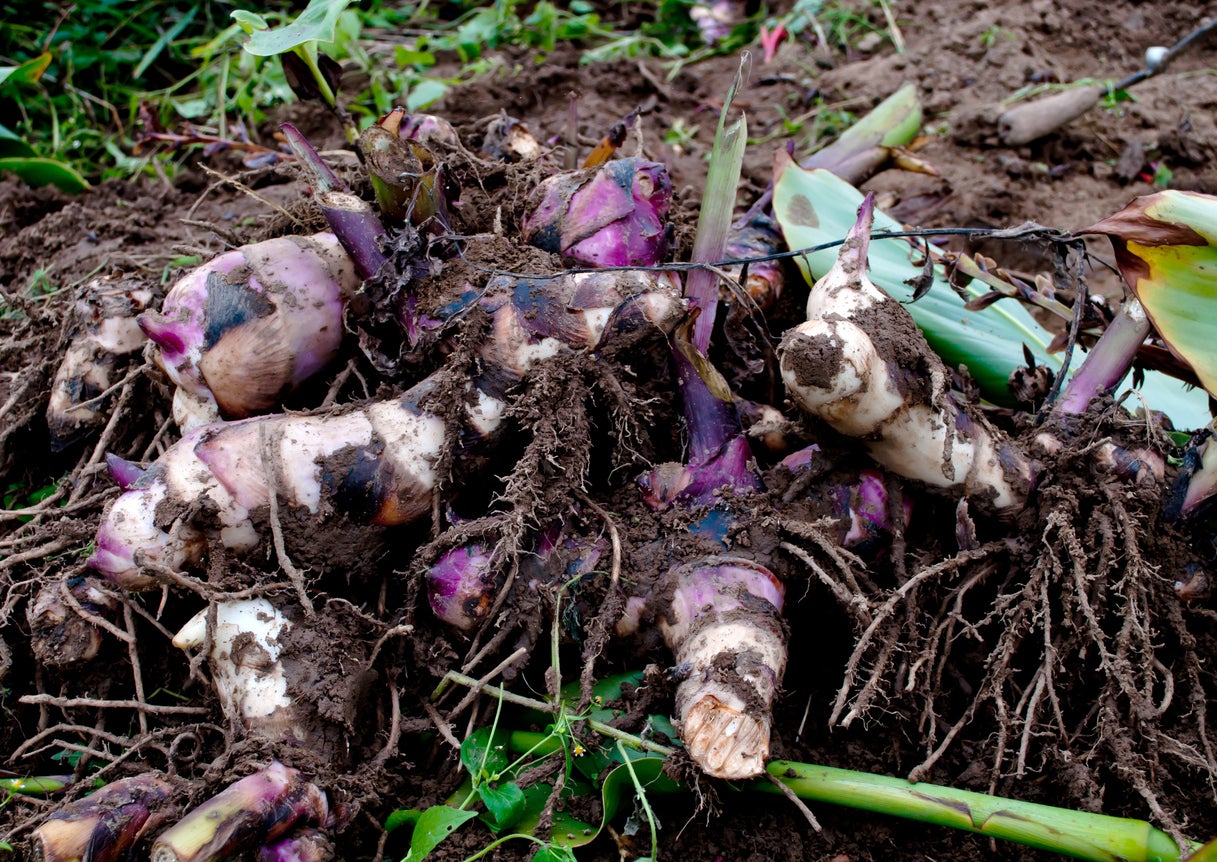 Canna Lily Rot: What Causes Rotting Canna Rhizomes
Canna Lily Rot: What Causes Rotting Canna RhizomesCanna flowers grow as a beautiful, long-lasting summer to fall display in the flower bed. In northern areas, they need to be dug and stored over winter for rhizomes to remain alive. But what happens when canna rhizomes are rotting? Learn about canna lily rot here.
By Becca Badgett
-
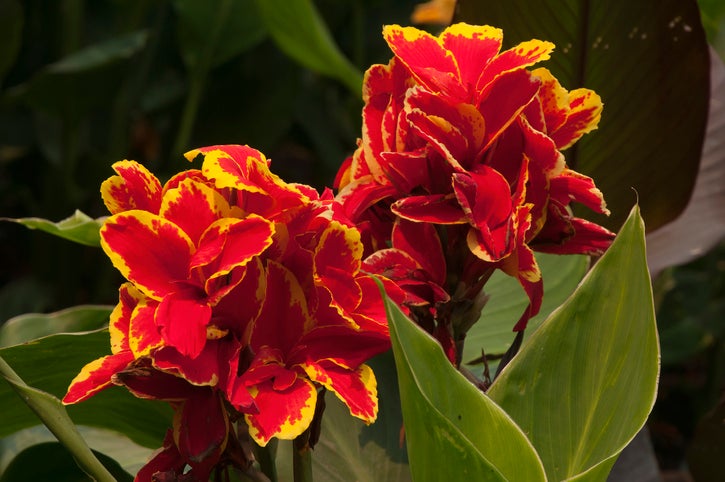 Why Won’t My Cannas Bloom – What To Do When Your Canna Will Not Flower
Why Won’t My Cannas Bloom – What To Do When Your Canna Will Not FlowerWhether grown permanently in the ground or dug up and replanted each season, age and other factors can reduce the vigor of canna blooms. If you are experiencing no flowers on a canna plant, this article is for you. Click here for more information.
By Darcy Larum
-
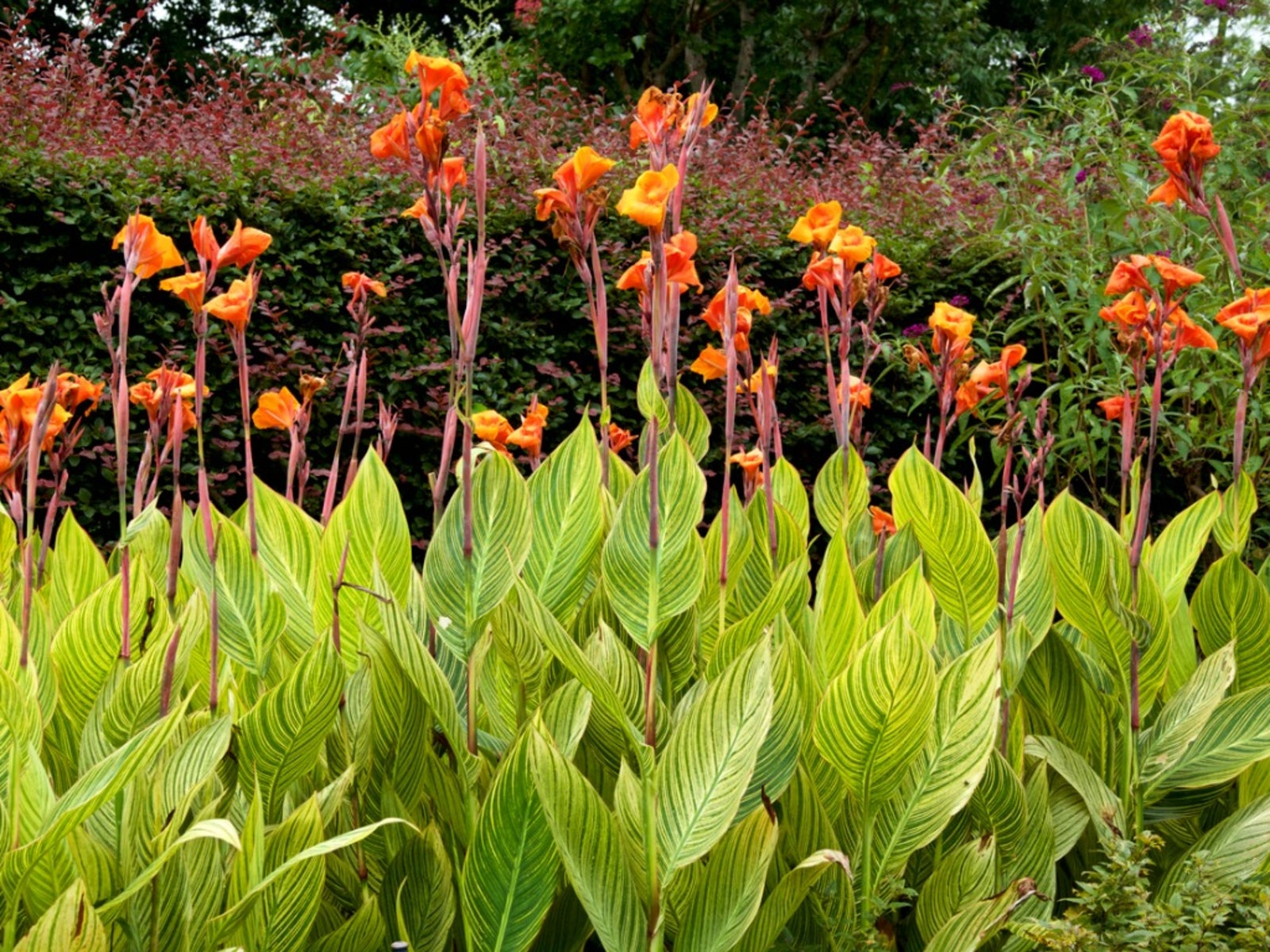 What Is Canna Rust: Learn How To Treat Rust On Canna Leaves
What Is Canna Rust: Learn How To Treat Rust On Canna LeavesAs showy as they are, canna plants are susceptible to a variety of issues, one of which is rust on canna leaves. What is canna rust? Click here for information on canna rust, including canna rust symptoms and tips for treating cannas with rust.
By Amy Grant
-
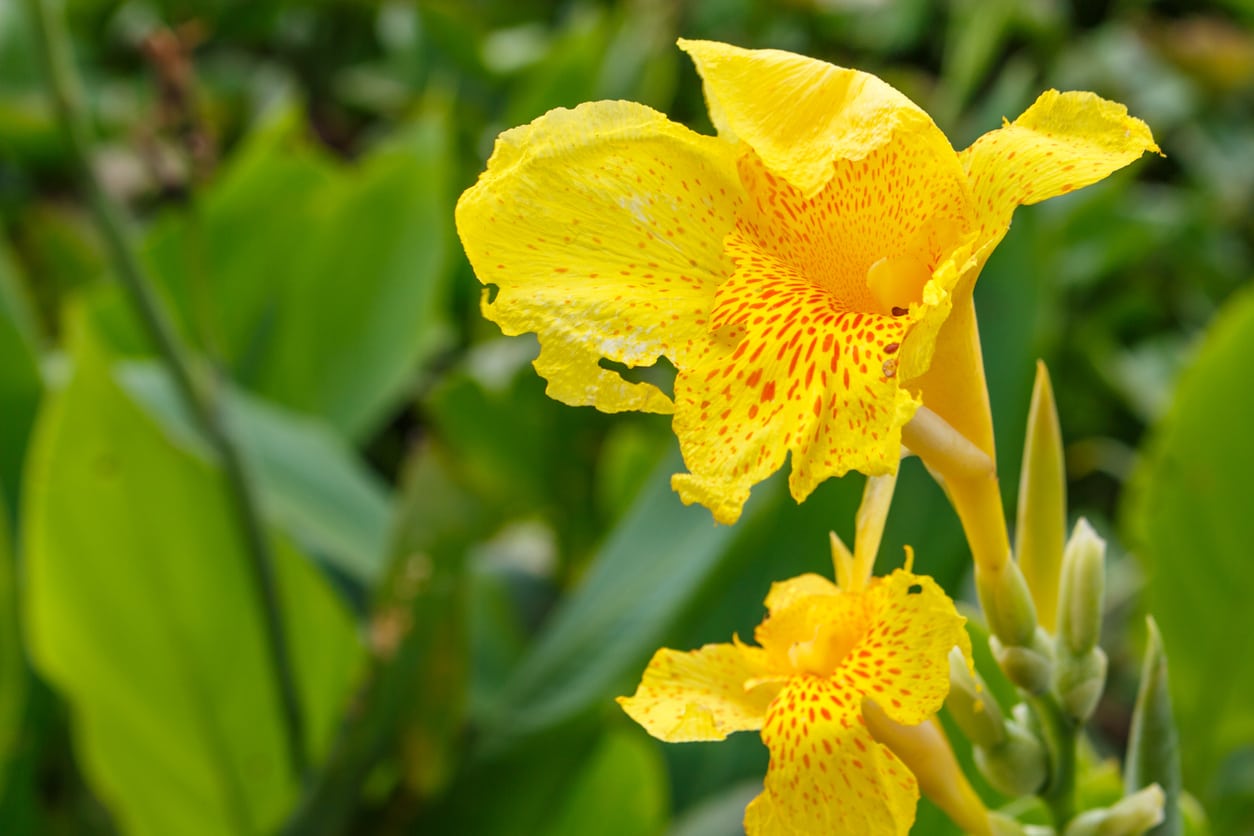 Canna Lily Fertilization – Tips For Feeding A Canna Lily Plant
Canna Lily Fertilization – Tips For Feeding A Canna Lily PlantFertilizing canna lilies will ensure these stunners in your garden or your indoor containers will thrive and produce the most beautiful flowers and foliage. These plants love nutrients, so don?t skip this step in growing canna lilies. Learn more in this article.
By Mary Ellen Ellis
-
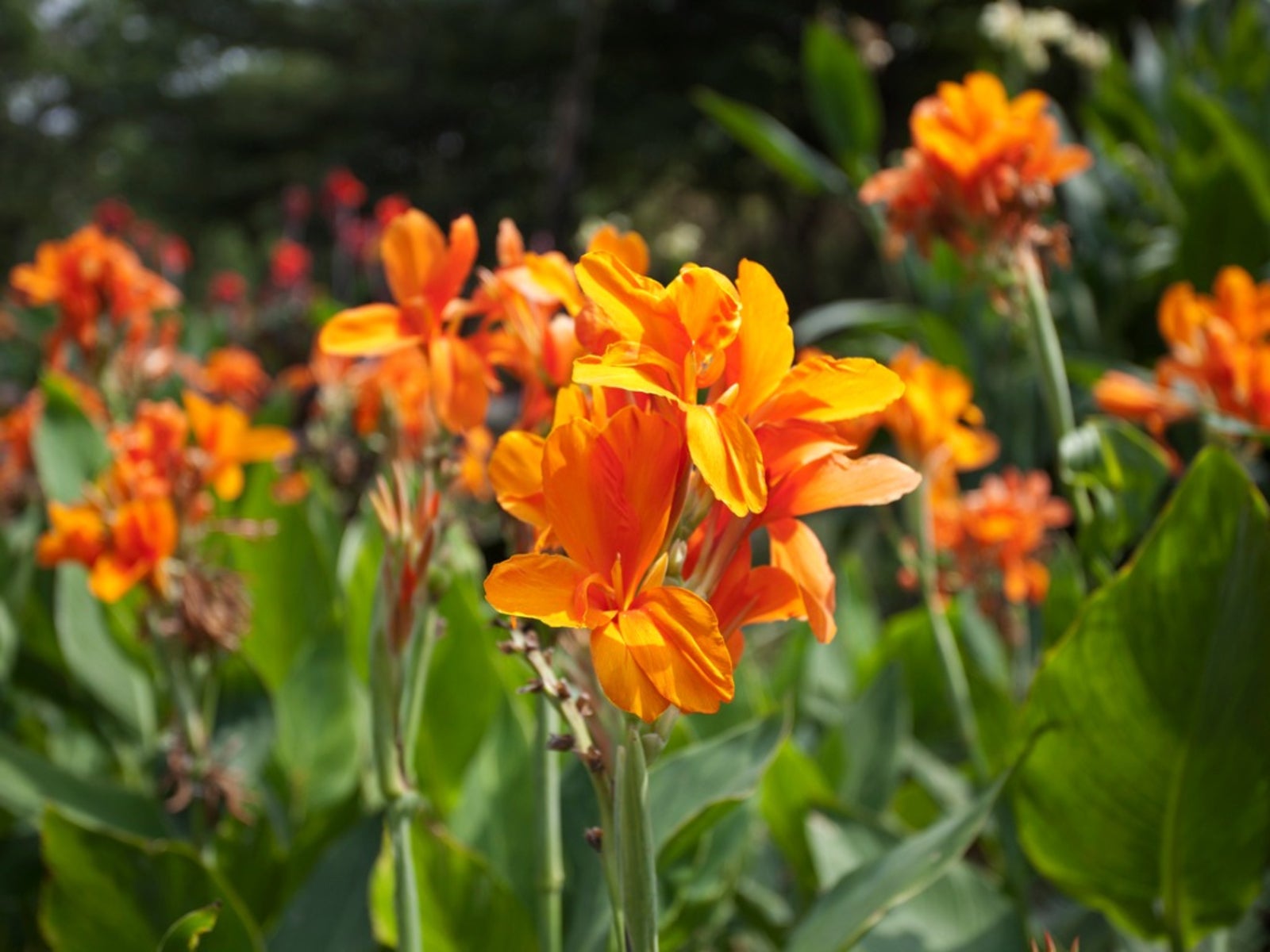 Canna Mosaic Virus: Dealing With Mosaic On Canna Plants
Canna Mosaic Virus: Dealing With Mosaic On Canna PlantsCannas are beautiful, showy flowering plants. Because they're such all-around winners in the garden, it can be especially devastating to discover your cannas are infected with disease. Learn more about recognizing mosaic virus in cannas and what to do in this article.
By Liz Baessler
-
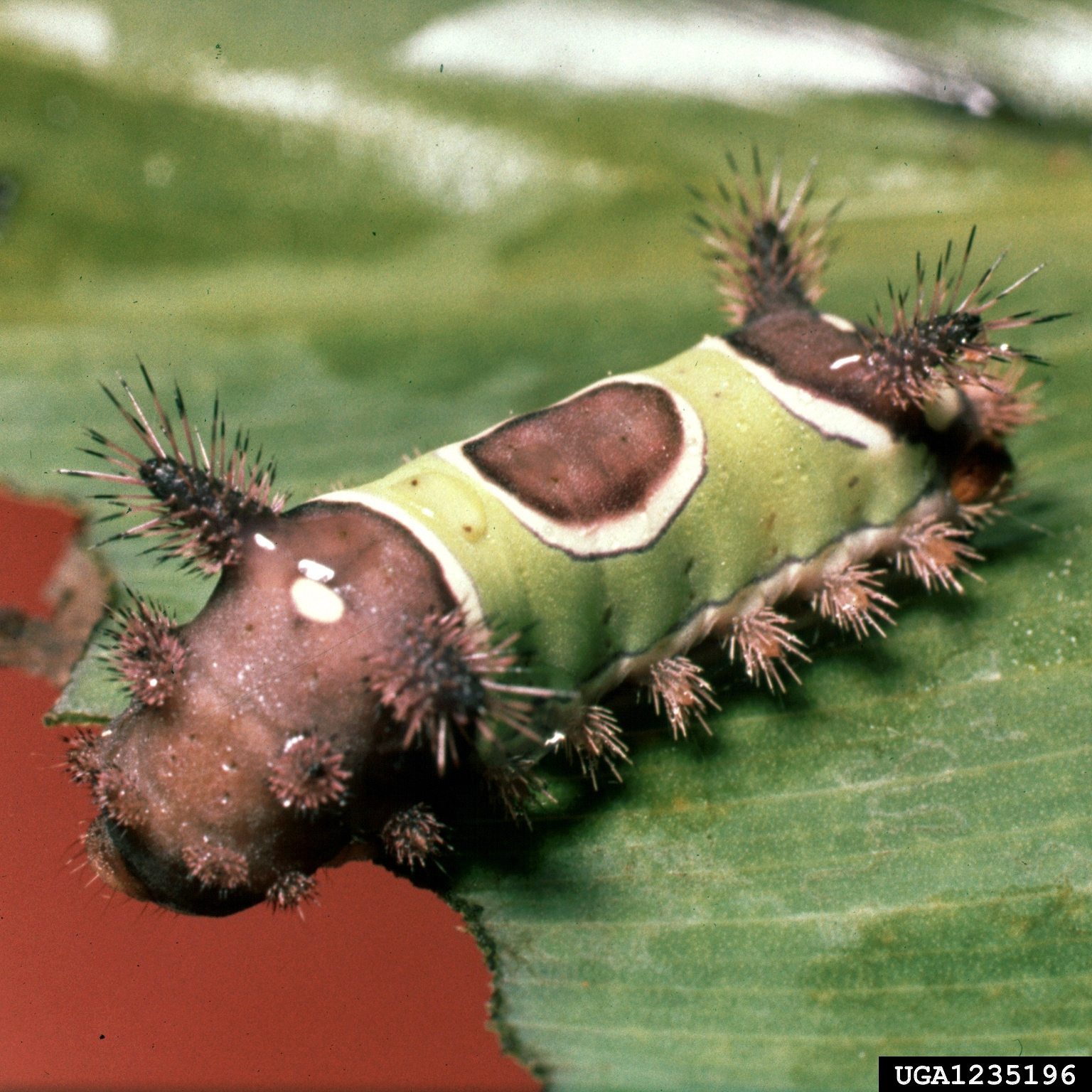 Common Pests Of Canna Lilies – Tips On Managing Canna Lily Pests
Common Pests Of Canna Lilies – Tips On Managing Canna Lily PestsCanna lily pests are rare, but their broad sword-like leaves are awfully attractive to a variety of leaf munchers. Click this article for some ideas on insects that attack Canna lily plants and how to recognize and defeat them.
By Bonnie L. Grant
-
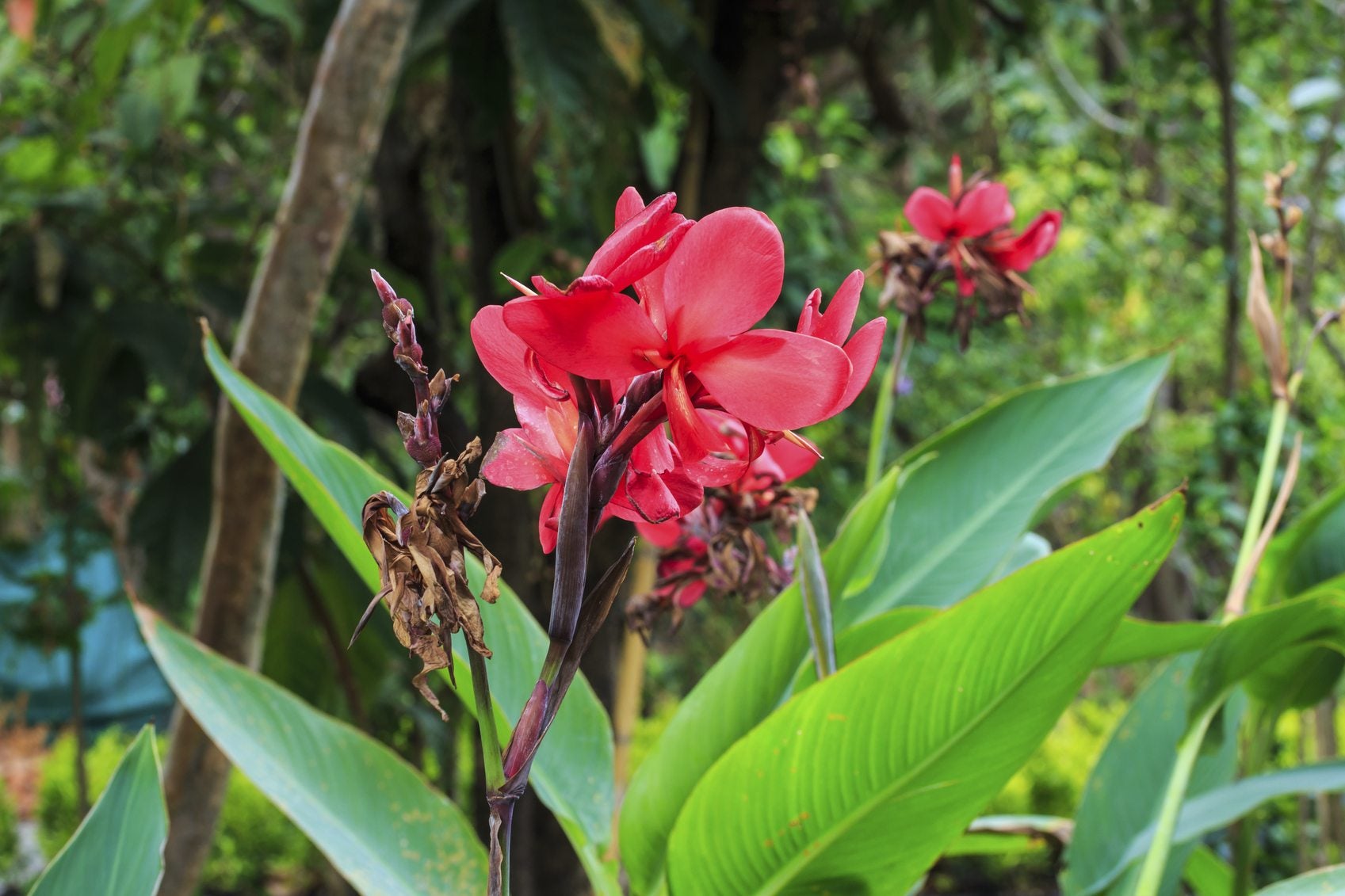 Canna Lily Deadheading: Tips For Deadheading Canna Lily Plants
Canna Lily Deadheading: Tips For Deadheading Canna Lily PlantsWhere other flowers shrivel and wilt, canna lilies thrive in the heat. But how do you ensure that you get the most out of your canna lilies with flowers all summer long? Click this article to learn more about how to deadhead a canna lily.
By Liz Baessler
-
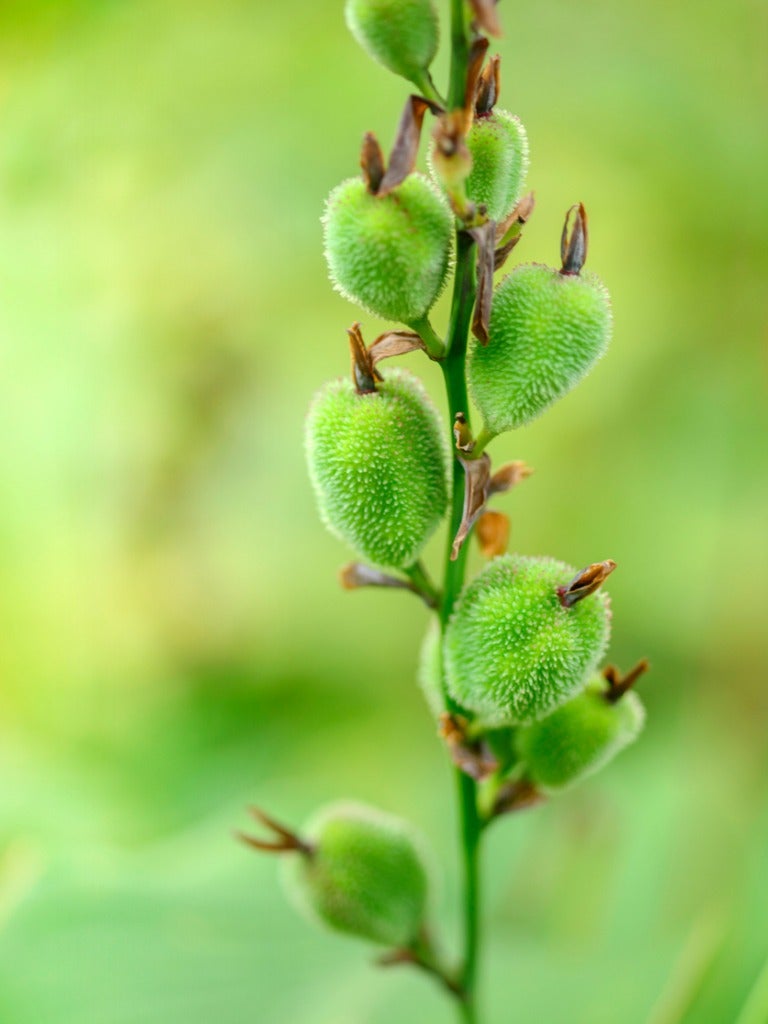 Canna Lily Seed Harvesting: Can You Plant Canna Lily Seeds
Canna Lily Seed Harvesting: Can You Plant Canna Lily SeedsCanna lilies are commonly propagated by dividing their underground rhizomes. But can you plant canna lily seeds too? Click here to get more information.
By Susan Patterson